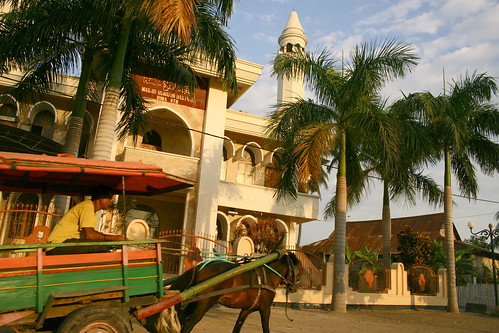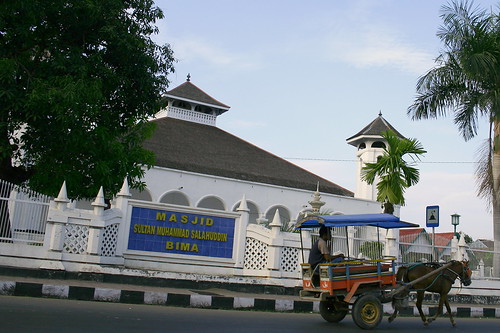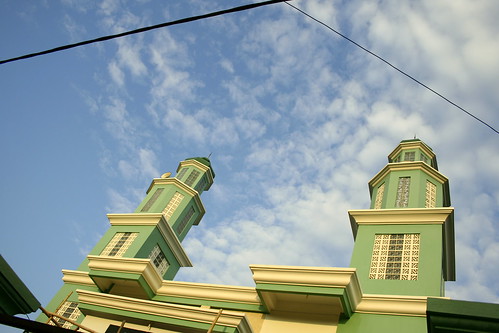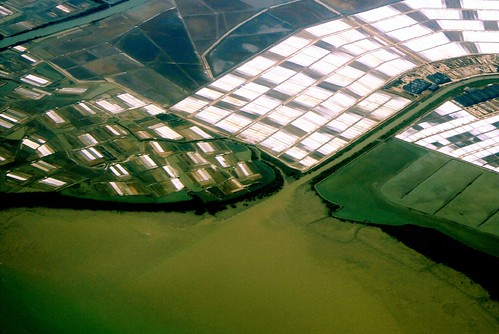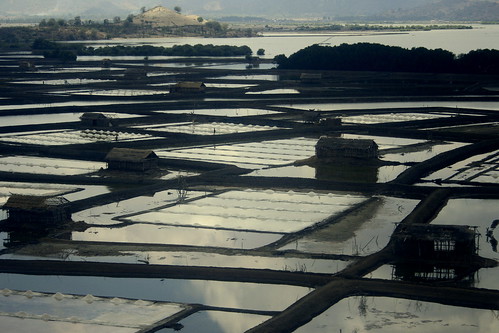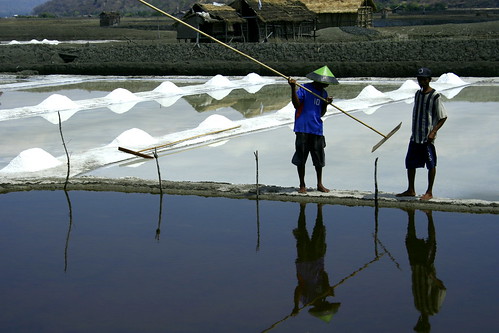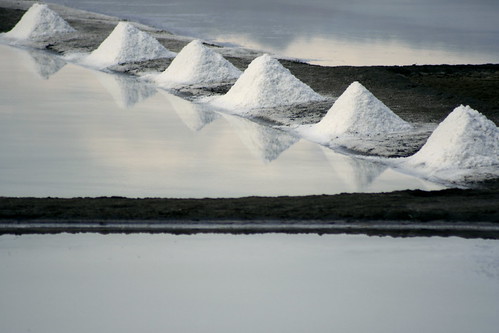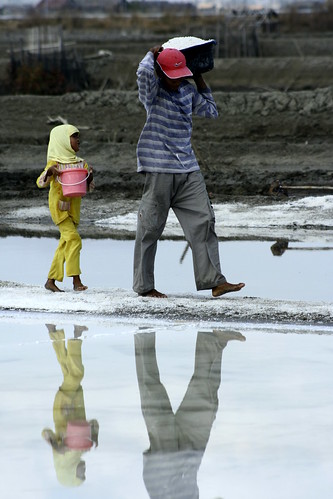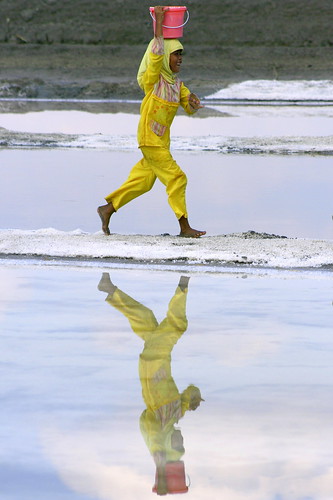the horse races of Bima, part 1
In an island as remote as Sumbawa, life is simple by demand and by nature. Despite the inescapable reach of communication networks and the media, the pace is drastically slower than the popular Indonesian cities like Bali. Neighbors know each other and children play freely everywhere- the river, the hills and the road. Domesticated animals appear to be without reins, with goats, cattle and horses wandering into homes, market places and the highway.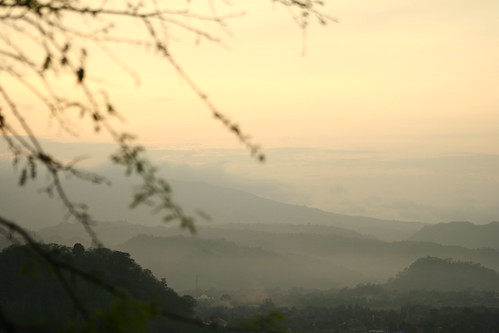
the Pemakaman Kesultanan Bima (the Sultans graves) is a popular sunrise promenade with a view of the rolling hills of Bima
Canon EOS 350D Digital, 1/50s, f/4.5, 80mm, ISO 100, +1EV
Disinteresting is a term that is sometimes easily and cruelly attributed to the island. The Dutch considered Sumbawa as low in the priority chain and shelved expansion plans until the early 20th century. Certainly, Dutch influence is not as marked as in the western islands of Java and Sumatra. Strangely, even the official website of the Indonesian embassy in Manila was blunt in categorizing the 7 hour bus ride of Sumbawa from end to end as as “relatively boring”, probably in the context of the famous islands sandwiching Sumbawa- Lombok and the komodo dragon-infested islets of Flores.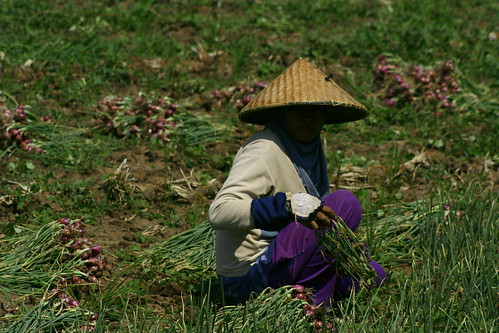
Red onions, like the ones seen harvested in Bima above, are a major vegetable crop of Sumbawa. In Bali, bawang merah Sumbawa is considered the premium variety, second only to the imported Philippine red onions.
Canon EOS 350D Digital, 1/2000s, f/5,6, 160mm, ISO 100, -1/3EV
Unsurprisingly, people would be hard-pressed to cite major draws for tourists to visit Sumbawa. Surfing, the ready answer for most, beckons only the more hardened of visitors as curls are really out of the way of other enticements like organized shopping or vigorous nightlife strips. Perhaps another major Sumbawa attraction would be the national park island of Moyo. It has the highly exclusive Amanwana but even the five star Aman chain advertises the 20-tent resort as a gem of the eastern Indonesian isles, hardly identifying it as a Sumbawa destination. Given the generally low traffic, other luxury accommodations are practically non-existent.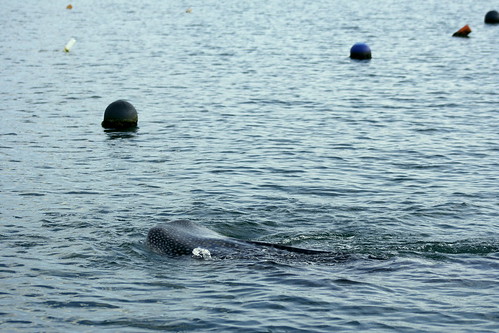
In Pulau Bajo, Dompu, seaweed farms are located in the waters that are the breeding ground of spotted whale sharks. A giant whale played with our boat, repeatedly crossing in front of us and dipping below our boat.
Canon EOS 350D Digital, 1/1000s, f/4.5, 75mm, ISO 100
Sumbawa is a red dustbowl during summer, especially in the rugged almost bald mountains which comprise more than 80% of its land area of more than 15,000 square kilometers. The valleys however are fertile and take a verdant turn during rainy season. The island is long, extending about 280 kilometers from east to west. Majority of the coastline is rocky but there are stretches of sandy beaches as well.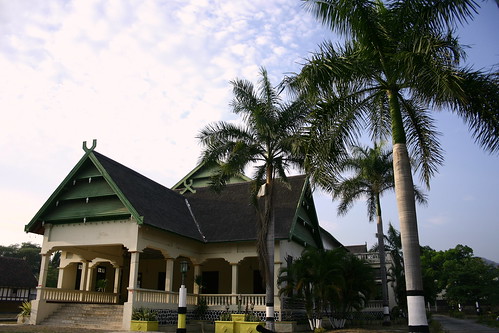
The palace of the former sultan of Bima is a point of interest in Bima.
Canon EOS 350D Digital, 1/500s, f/3.5, 18mm, ISO 100
An island this wide predisposes itself to a diverse culture and indeed, Sumbawa is divided into two main ethnic divide: the Tua Samawa (Orang Sumbawa) and Dou Mbojo (Orang Bima). In language, culture and geography, the Samawas and the Mbojos are distinct and are former rival sultanates separated by the usual west-east divide. The Samawas populate most of Sumbawa BESAR and Bima and Sumbawa Barat, while the Mbojos are the natives of Bima and the eastern central municipality of Dompu.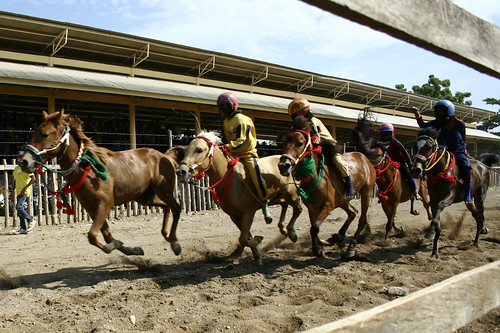
The horse race of native Bima horses held every Sunday at a dedicated arena in Panda, Bima, is a popular past time among Bima menfolk. Jockeys are children, from 9 to 12 years old.
Canon EOS 350D Digital, 1/640s, f/5.0, 18mm, ISO 100
Having found myself in a road trip to Sumbawa Barat and Sumbawa Besar in August, I was able to complete the intra-island visit in October when I covered Bima and Dompu. As far as the flight schedules from Bali dictate, I could not go to Bima without staying overnight. I got there Saturday noon and left at about the same time Sunday. In between I was able to finish my seaweed tours of duty in Dompu (with our boat getting played on by a whale shark in the process), visited the Mbojo sultanate palace and graveyards and as an added bonus, witnessed a traditional horse race featuring native Bima horses driven by children (!) jockeys.
in part 2: the Pacuan Kuda (horse race)







